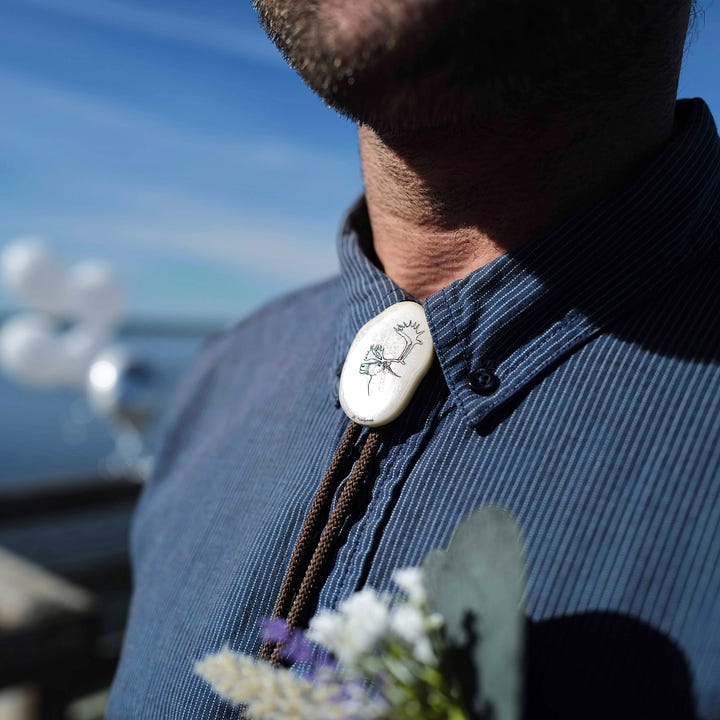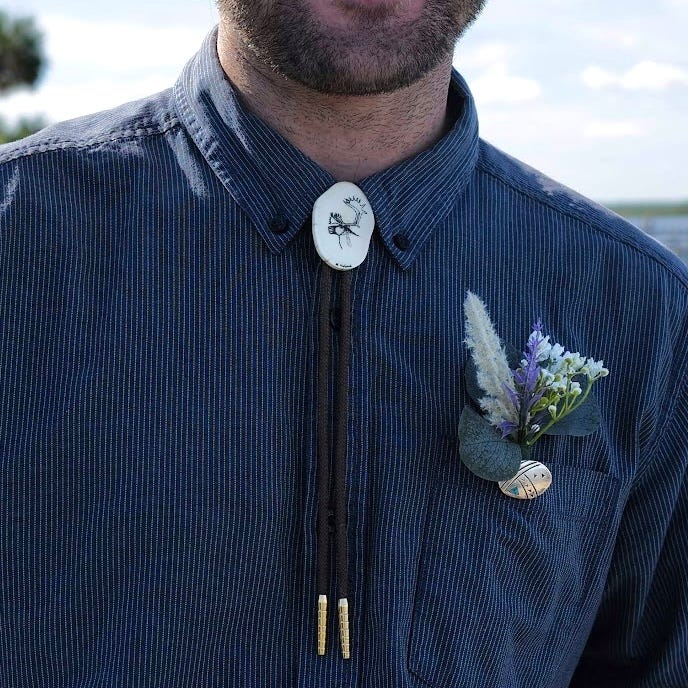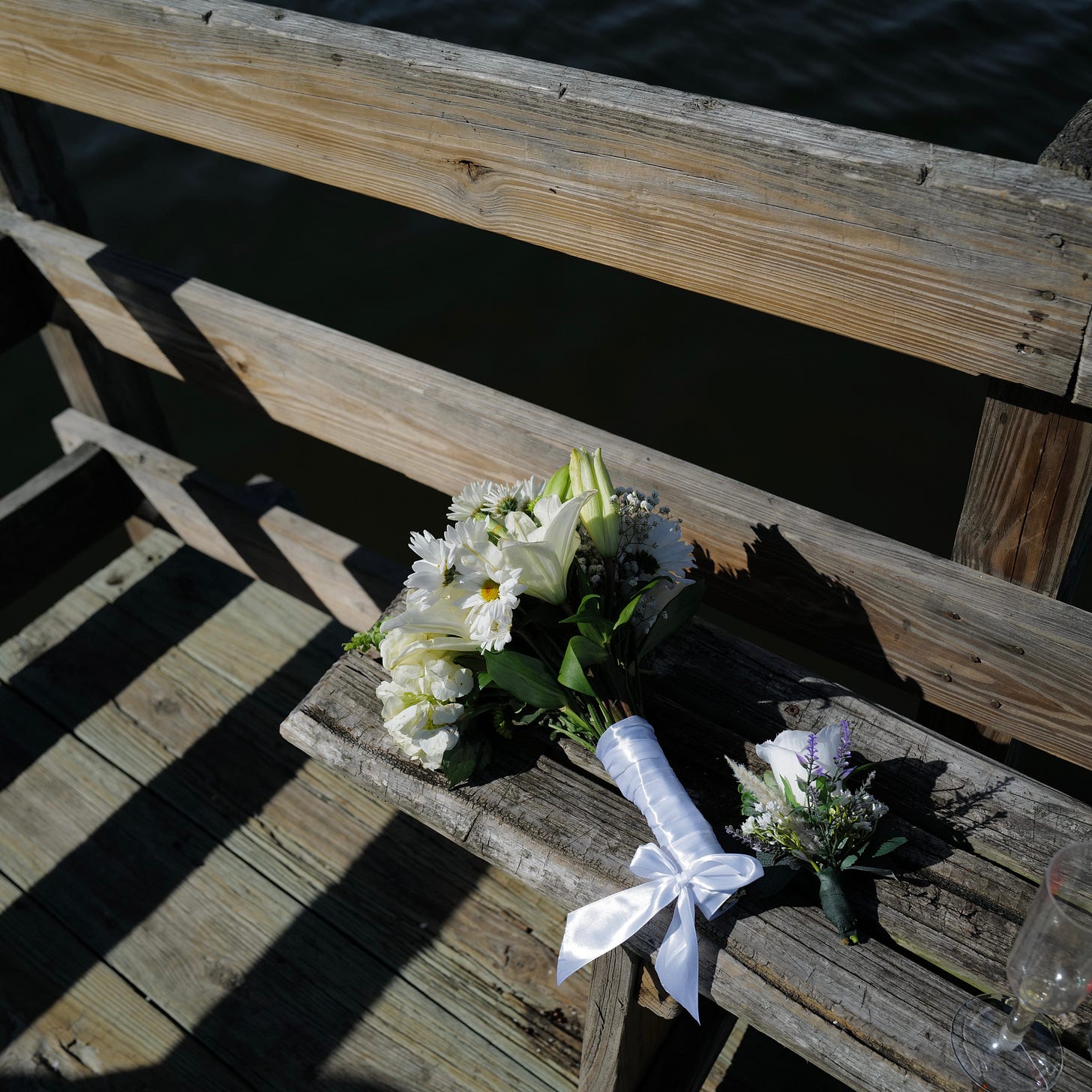Our era is not narcissistic for wanting to show the world everything we are, but rather, a constant need for the world to affirm to us that our lives and ways are valid.
Yesterday, I listened to a podcast with Leandro Karnal, where he recounted this (roughly translated) snippet of a conversation with his therapist about being present. This need for approval works its way into everything we do.
I love the holidays, but they come with a sense of excess, saturation, impulsivity, and overconsumption. There’s a lot coming from everywhere: lists, suggestions, sales. Plus, many social activities that sometimes carry a hint of competitiveness and evaluation. And there’s something about the cold, short days of winter that makes me introspective, and as I look inside, I feel more prone to the sense that I’m missing something.
We’re constantly caught between the pull of the past and the future, often at the expense of the present. What truly bothers me isn’t the shopping itself; it’s how it overshadows everything else. The wearing of jewelry, admiring it, giving it away, sharing its significance.
Jewelry is deeply meaningful, with an ability to satisfy the mind’s cravings, healthy and unhealthy alike. But it should be bought for how it makes us feel, not just in the moment of purchase, but for how it stays with us and carries its meaning forward.
The year is restarting, and I’m not writing to you with a miraculous solution, but with a personal observation that could be a small, positive exercise. I’m trying to alleviate that anxiety and nurture better practices too.
A case study. A few weeks ago, I attended a wedding in Florida. An elopement. Just the bride and groom, me and my husband (photographers, keepers of wedding bands and champagne flutes), and L., who officiated.
L. is a geologist, professor, and surfer. He’s one of those rare, impossible-to-place people, the kind you’re lucky to meet. He spends his time studying the earth, chasing waves in remote places, and teaching at one of the world’s leading universities. Genius is a word too stuffy or silly for him, and I suspect he’d reject it anyway. He’s wise and curious, the kind of person whose dedication draws you into curiosity yourself.
Another way to describe L. is that he has two pairs of pants: town pants and field pants (formerly town pants). He doesn’t need more. We don’t need more to understand him either, it’s a matter of precision. At the wedding, he wore a Native American bolo tie and a brooch from his grandmother.


Jewelry, like the illustrations in a good book, informs the narrative. The bolo tie was a marker of his travels, a piece of time made tangible. The brooch, a link to his grandmother and her own story.
They’re also memories of the wedding. I hope to see him wearing that jewelry again, and it will be for something important and special.
As the year closes, one of my wishes is to become a better storyteller and to make the objects I choose—what I wear, what I hold onto—as deliberate as my words. Let's make it special for everybody.
Happy new year!!!
“Our society is much more interested in information than wonder, in noise rather than silence… And I feel that we need a lot more wonder and a lot more silence in our lives.”
—Fred Rogers, The World According to Mister Rogers: Important Things to Remember







There’s warmth in the way you treat jewelry, as a form of continuity and clear meaning. L.’s brooch and bolo tie say just enough.
🩷